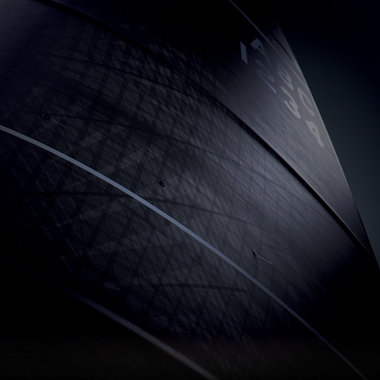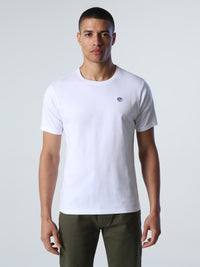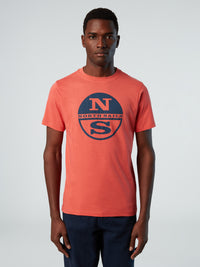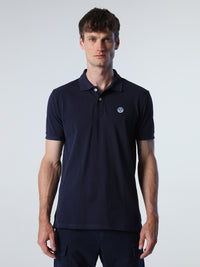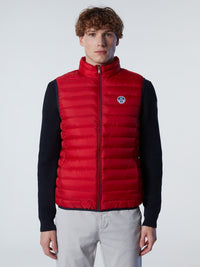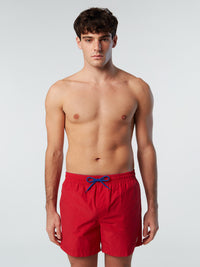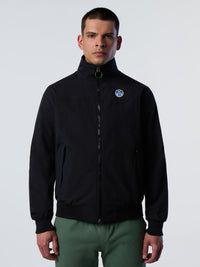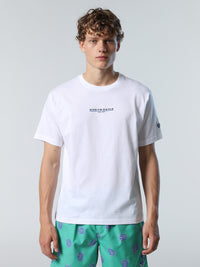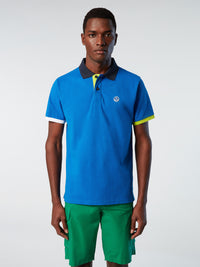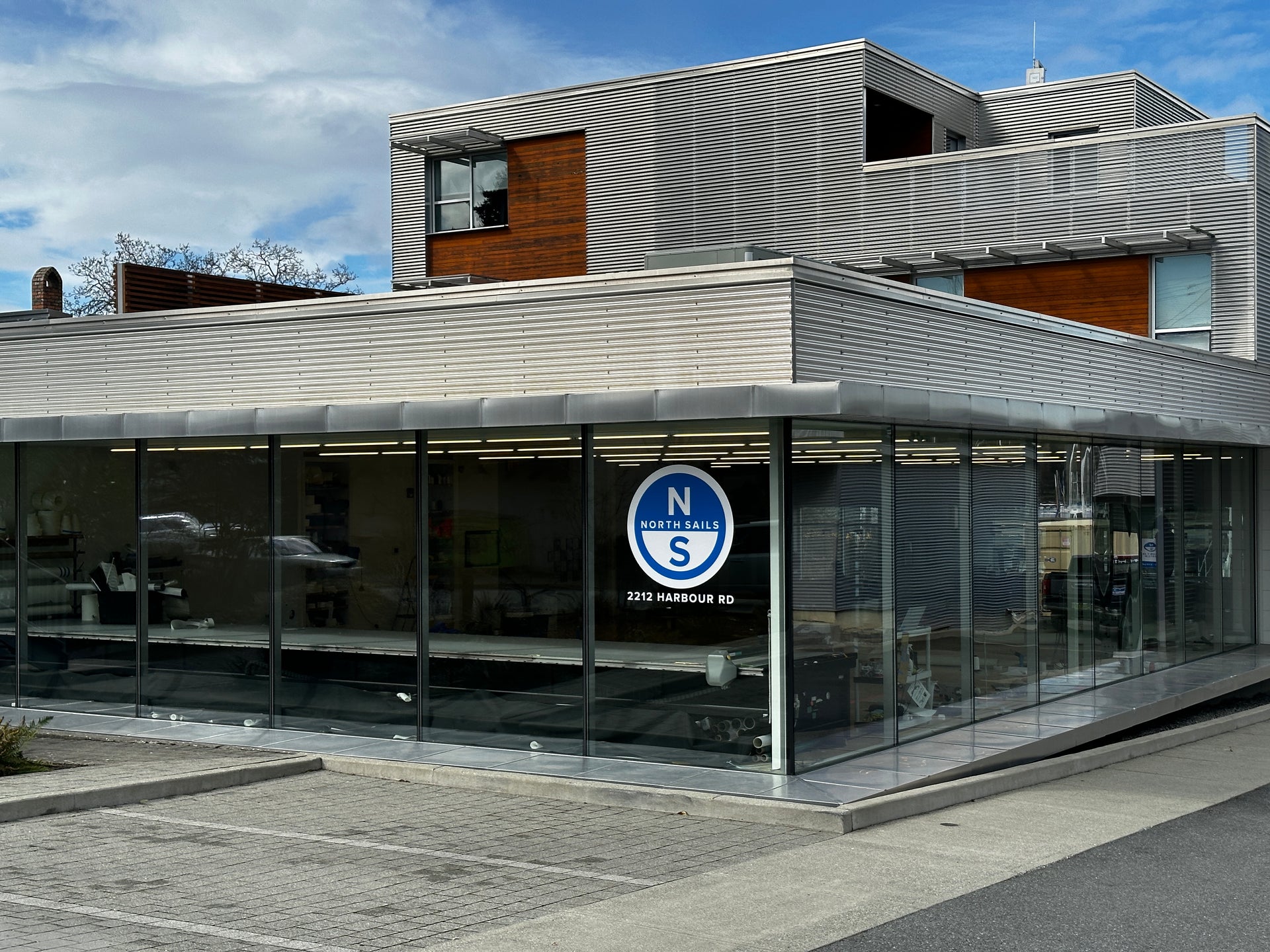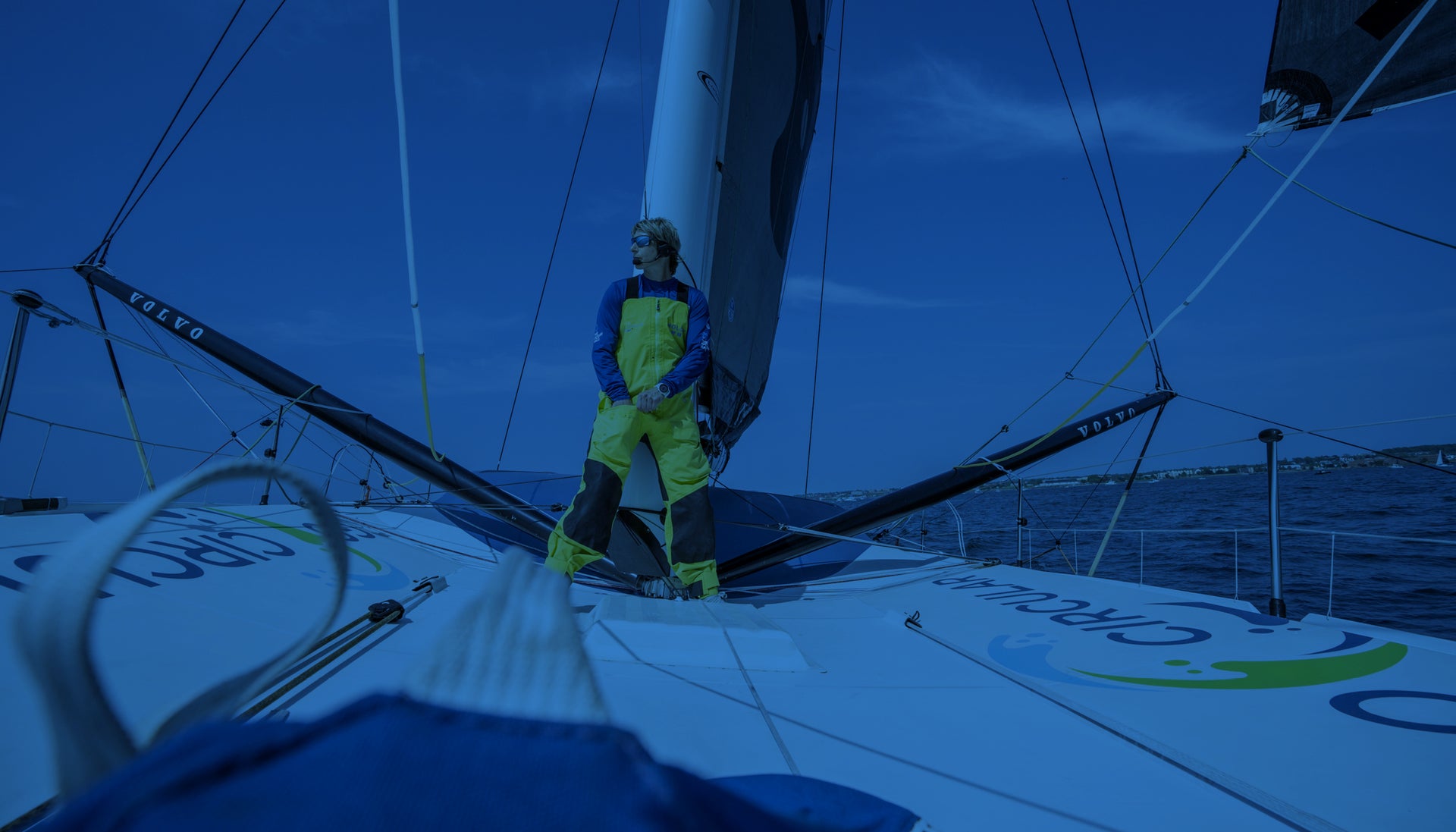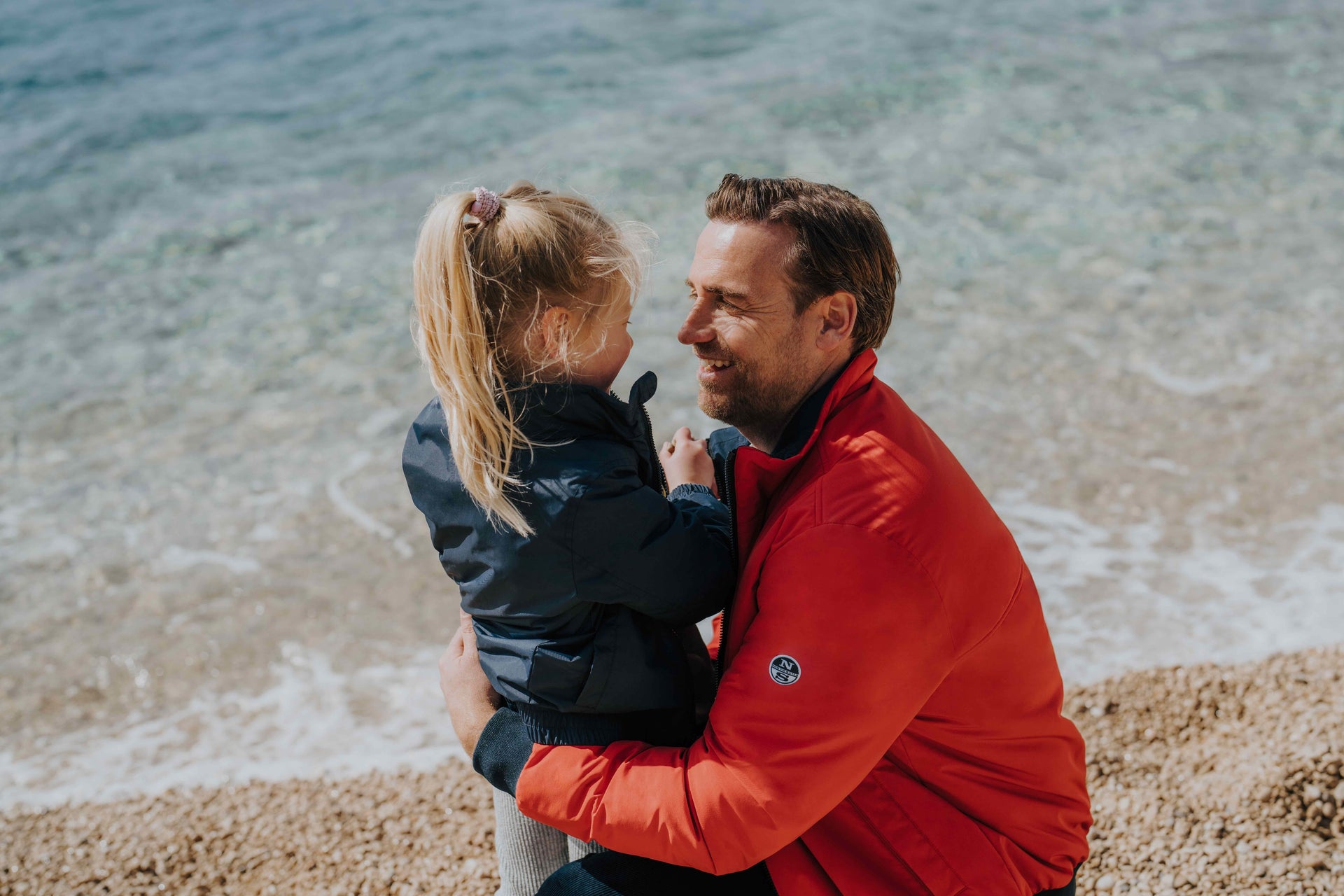NORTH ON SOUTH: TALES FROM THE SOUTHERN OCEAN
NORTH ON SOUTH: TALES FROM THE SOUTHERN OCEAN
Legendary Round-the-World Sailors Preview Leg 3 of The Ocean Race
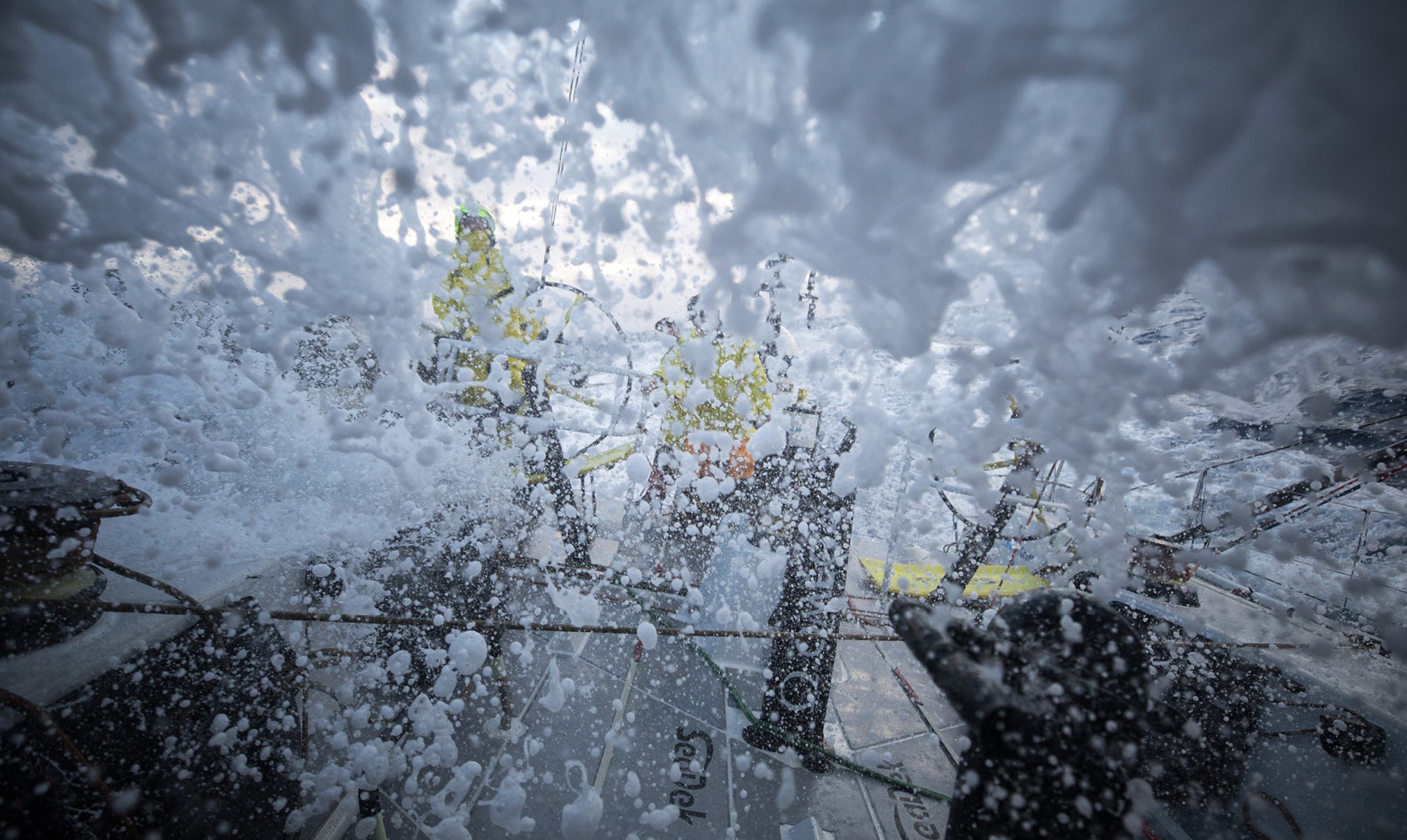
It was a straightforward question, put to three of the most experienced offshore sailors on the North Sails team, all of whom have made multiple forays on round-the-world races into the mythical, mystical Southern Ocean. The legendary body of water on the planet’s southernmost reaches includes Cape Horn at the very tip of South America, a rounding of which many mariners believe is a crowning sailing achievement akin to an alpinist summiting Mount Everest. Simply put, what immediately comes to mind when hearing those two words: Southern Ocean?
“Lack of sunlight. Gray skies. Long nights. Short days,” said Ian Walker, the two-time Olympic medalist and America’s Cup veteran who won the 2014-15 edition of the Volvo Ocean Race as skipper of Abu Dhabi Ocean Racing. “It’s a bit of a love-hate thing. On the one hand, it can be the best sailing you’ve ever done in your life. On the other hand, I remember some pretty miserable times when it’s windy and cold and you just can’t wait to round Cape Horn and turn north and get out of there.”
“Nasty. Lonely. Out of your comfort zone,” said North’s president Ken Read, who twice served as skipper in a pair of Volvo Ocean Race campaigns. “People can talk until they’re blue in the face about it, but until you get there, you can’t understand what a different feeling it is to sail there. The albatrosses are taunting you. The interior of the boat is just raining with moisture and it’s freezing cold. Your sleeping bag is soaked. It’s just relentless. That’s another good word for it. Relentless.”

“Cold. But beautiful,” said Dutch sailor Bouwe Bekking, who has rounded the Horn an incredible nine times in round-the-world races, including a quartet as skipper. “It’s horrible and beautiful at the same time. There’s hardly anybody else there, one or two crazy fishermen, and it’s always a challenge. But I love that part of the world. It’s so real. I think the rest of the planet has been treated by human beings in ways it shouldn’t be. But the Southern Ocean? It’s pure. It’s a special place.”
Sometimes mesmerizing, oftentimes appalling, the Southern Ocean—loosely defined as the southern waters known as the Roaring Forties, Furious Fifties and Screaming Sixties for the bands of latitude they encompass, with the continent of Antarctica the southernmost border—is especially relevant right now as the IMOCA fleet in the current edition of The Ocean Race are in final preparations for the upcoming, record-breaking Leg 3 from Cape Town, South Africa to Itajaí, Brazil.
Scheduled to begin on February 26, the 12,750 nautical-mile voyage, which will leave to port the trio of great southern capes—South Africa’s Cape of Good Hope, Australia’s Cape Leeuwin and formidable Cape Horn—is expected to take over a month and represents the longest distance in the contest’s 50-year history. While the leg may be treacherous, it counts double in terms of points, which also makes it potentially very rewarding: The first set of points will be awarded for the order the boats pass longitude 166° 25’ East (close to the western tip of New Zealand) and the second set for the finishing order in Itajaí.

So what, exactly, can The Ocean Race crews expect to encounter as they depart Cape Town and steer west into the open, watery void? If the experiences of Walker, Read and Bekking are any indication, a little bit of everything.
Walker in particular, has tasted exalting highs and devastating lows. The latter occurred in the 2011-12 running of the race when the boat he was skippering, Abu Dhabi Ocean Racing, began to delaminate near what is known as Point Nemo; it’s the furthest spot on the planet from any speck of land, officially making it the world’s most remote location. “We came off a couple of big waves and they delaminated a section of the hull measuring about ten feet by four feet in the middle of the boat,” he said. “We made a temporary repair by actually bolting the skins back together. We scavenged as many bolts as we could, heeled the boat onto its side, and drilled through the hull, with a guy on a harness on the other side to put the bolts through.” Right. Just another day at the office. A pit stop in Chile was made to conduct a more lasting repair.
But in the race’s next edition in 2014-15, again in command of the Abu Dhabi crew, it all came together for Walker in a winning effort, which included a 24-hour distance record of 550.82 nautical miles. Sailing at such high speeds, he recalled, was a bit of a balancing act. “I remember the speedo flashing over 40 knots,” he said.

“Whoa,” he continued. “Any time you’re averaging in the low twenties you’re regularly sailing at 30 knots. Doing a record run is about two things really: keeping a fast average speed and sailing in a straight line. When you’re screaming down the face of a wave there’s a seamanship side to it. You need the right sail plan for the conditions, so you’re neither pooped from astern or by breaking waves, but not going so fast that you go down the mine so hard you wind up end over end at the bottom of a wave. If you go too fast you start catching waves that sometimes you wish you hadn’t caught!”
Before he skippered the PUMA Ocean Racing entry in the 2008-2009 and 2011-2012 editions of the Volvo, Read actually got his first exposure to the race in the final legs of the 2005-2006 race with the Ericsson Racing Team. And while he didn’t see the Southern Ocean in that stint, the race left a profound impact on him. “After my third America’s Cup, I was tired of going around the buoys and was looking for a change,” he said. Man, did he get one.
“I got off Ericsson after the Transatlantic leg and asked myself, ‘Do I really want to do this again?’ Part of me was terrified and another part was like, ‘That’s the most interesting thing I’ve ever done in my life.’ I had two guys on my shoulders, one saying, ‘Don’t be an idiot’ and the other going, ‘Do it, you’ll love it the rest of your life.’ I let that guy win. And he was right. Getting involved with the Volvo was one of the great sporting decisions of my life. It changed my life and it’ll always be changed because of those adventures.”
It was in his second PUMA campaign, deep in the Southern Ocean, that he endured one of those defining adventures. “We knew three days before leaving New Zealand that we were going to get our butts kicked,” he said. Which is precisely what transpired. “At one point we got hit by two really bad cold fronts. We sailed the first one with a storm jib and three reefs. Then there was a day of nice sailing and then like nine days in a row of 35- to 55-knot winds. Three of our drivers were injured and in their bunks. A couple of boats almost sank. It was one of the few times in my ocean-racing career that we pulled back. We actually took down the sails and backed off. Thanks for stirring up all these memories. Now I need a Xanax.”
For each and every Southern Ocean boat and competitor, the leg has one common denominator: No matter what route you’ve chosen, or how wonderful or terrible the conditions you’ve encountered along the voyage, everyone must round Cape Horn, the legendary promontory at 57 degrees South.

“If you’re crossing the Atlantic and see a big weather system coming, you have choices,” said Walker. “You can go north or south. And depending on the quality of the weather information you have, you can pretty much choose the maximum wind speed you want to sail in by positioning yourself accordingly. The thing I always say about Cape Horn is you’ve got no choices. You’ve got to go around it.
“You’ve got a lee shore on the South American coast so you can’t run for cover,” he said. “You’ve got this change in the ocean shelf rising up, and the massively decreasing depth combined with the adverse ocean currents kicks up a nasty sea state. And there’s often a huge increase in wind strength, as the breeze is blowing uninterrupted around the length of the Southern Ocean before piling up at the tip of South America. It’s this perfect storm of adverse conditions. It’s basically the luck of the draw.”
“I used to call it the funnel,” said Read. “There’s no right turn, no left turn, there’s only straight ahead and that’s it. The weather systems accelerate through there. You know all the history and how violent it can be. You’re jumping into a funnel, and playing Russian roulette at the same time. The funnel’s either going to kick your ass or give you a blessing and let you pass unscathed. Either way, there’s a special bonding moment with the guys after you get around. The relief just washes over you.”
So, with the combined record of over a dozen Southern Ocean passages, what advice can the North Sails crew offer to those headed south for the first time?
“Take somebody with you that’s been there before,” laughed Bekking. “You’re going to make mistakes, but if you can minimize them, your trip will be much better. And the way to make fewer mistakes is to have someone experienced by your side.”
“Preparation is the key,” said Walker. “Being well prepared in what you eat, what you wear, how you look after yourself, it’s all critical. Because once you start to go downhill, it’s very hard to turn around.”
“Getting through it is the most important thing,” said Read. “At some stage you’re going to need to check your ego at the door and just make sure you get through this night or this day in one piece, because you’re going to have one of those experiences. The wind is different. The waves are different. It’s all just different. So use some common sense, live to fight the next day, and you’ll probably be just fine when it comes to the race result at the same time.”

